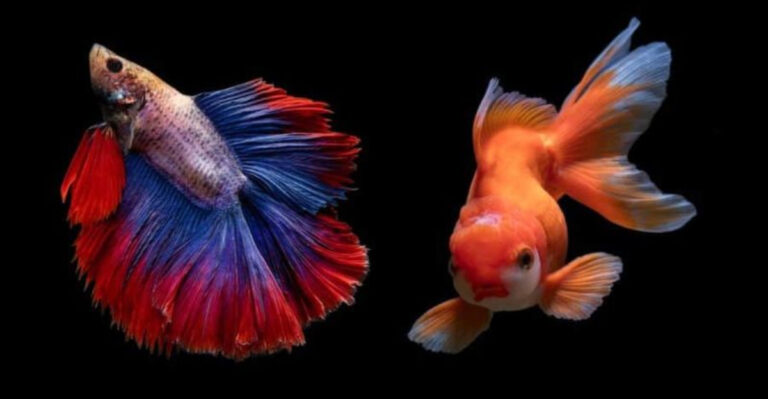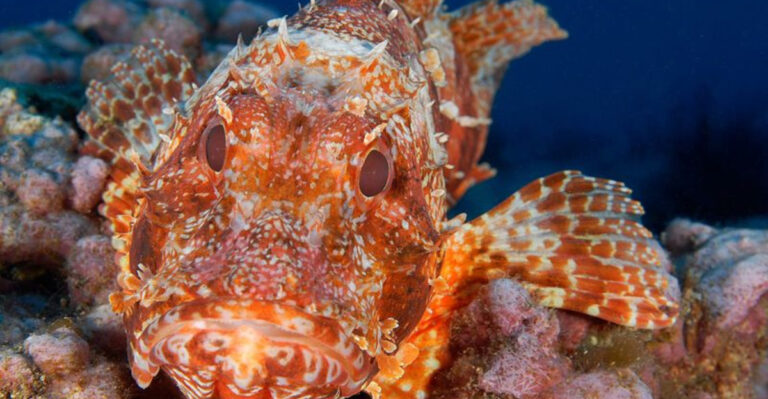The 10 Differences Between An Albino Cat And A White Cat
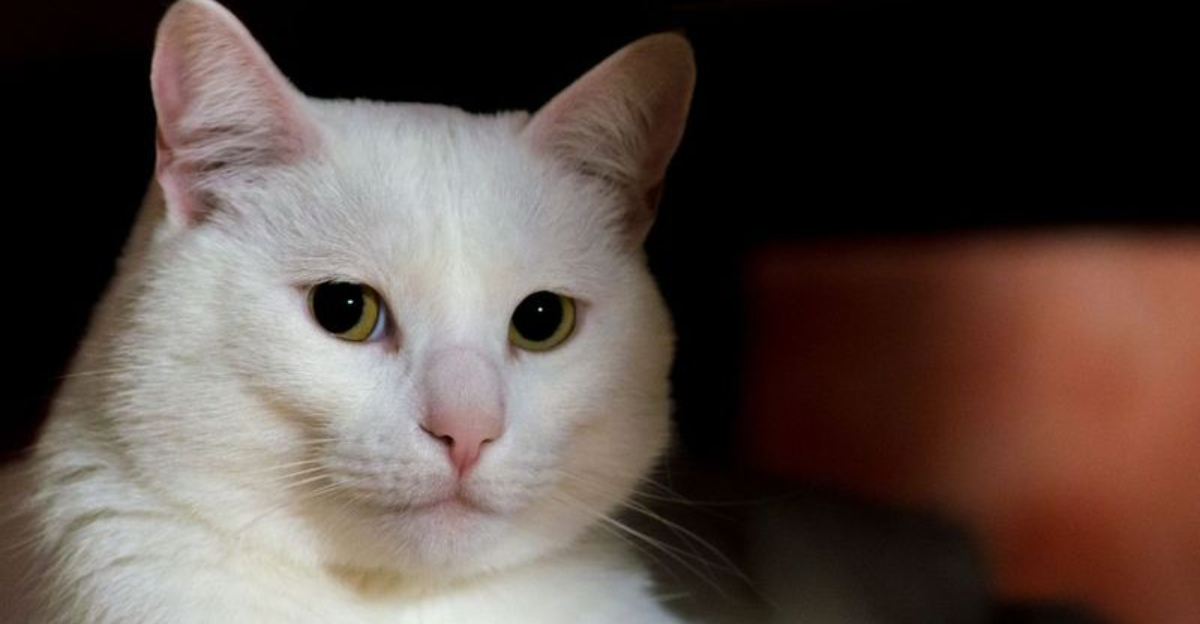
Ever noticed a snow-white feline and wondered if it’s truly albino? Many pet owners mix up these two distinct types of cats based on appearance alone.
While both may look similar at first glance, albino and white cats have fascinating biological differences that affect everything from their eye color to their health needs. Let’s uncover what makes these snowy felines unique from each other!
1. Eye Color Reveals All
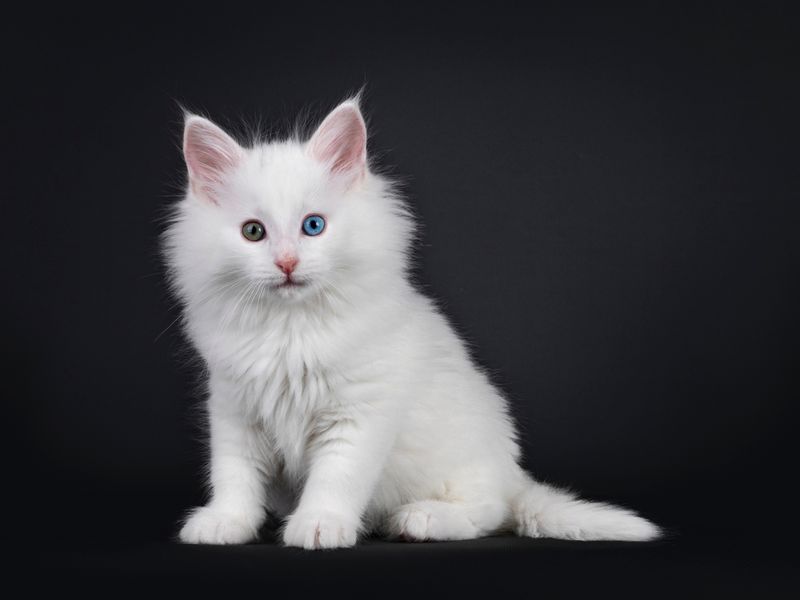
Pink or reddish eyes are the telltale sign of a true albino cat. This distinctive coloration happens because blood vessels show through their unpigmented irises, creating that rosy appearance.
White cats, by contrast, typically sport blue, green, gold, or even odd-colored eyes. Some white kitties even have heterochromia – different colored eyes that make them look extra magical!
2. Genetic Blueprints
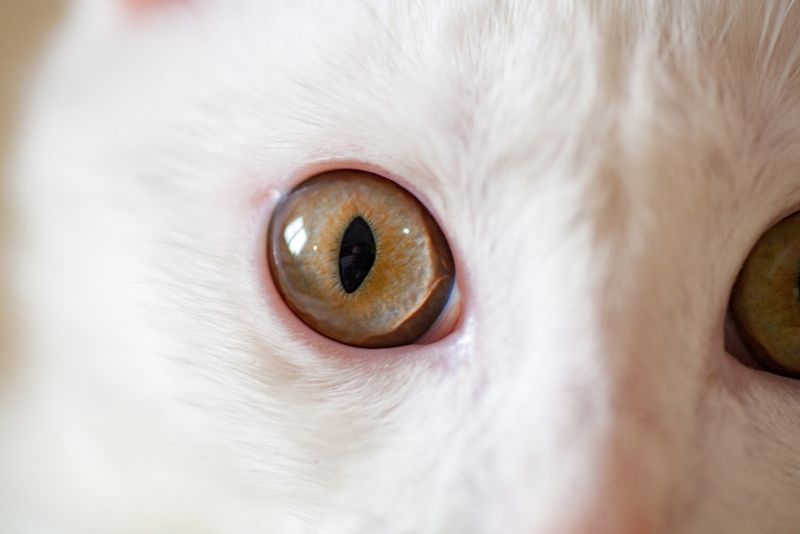
Albinism stems from a recessive gene mutation affecting tyrosinase, an enzyme essential for melanin production. When this enzyme doesn’t work properly, no pigment develops anywhere in the body.
White cats, however, carry the dominant white masking gene (W) that simply covers up their underlying coat color. Under that pristine white fur, they might genetically be tabby, calico, or another pattern!
3. Skin Tone Differences
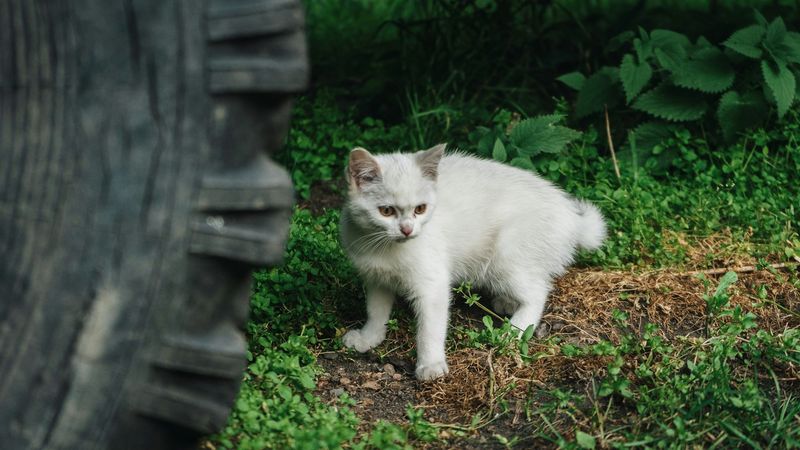
Look closely at an albino cat’s skin, and you’ll notice it’s extremely pale or pinkish due to complete absence of melanin. Their nose leather and paw pads appear distinctly pink rather than black.
White cats maintain normal skin pigmentation underneath their fur. Their nose and paw pads can be black, brown, or pink depending on their genetic background, giving away clues about their hidden color genes.
4. Sun Sensitivity Levels

Without protective melanin, albino cats face extreme sun sensitivity. Brief exposure can cause painful sunburns, skin damage, and significantly higher risk of skin cancer, especially on ears and nose.
White cats have moderate sun sensitivity, particularly those with pink skin. While they need some protection, they generally tolerate sunshine better than their albino counterparts who require strict indoor living or special accommodations.
5. Birth Rarity Factor
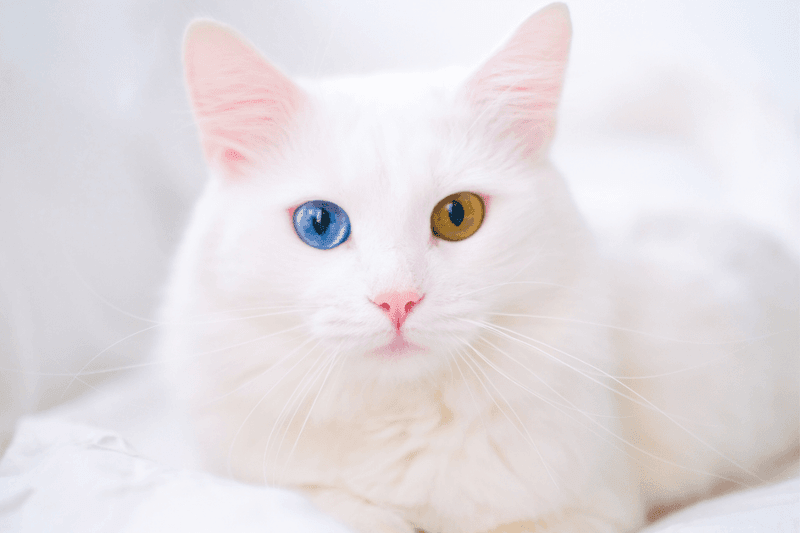
True albino cats are extremely rare in the feline world. The recessive gene combination needed for albinism occurs in only a tiny fraction of the cat population, making genuine albinos something of a genetic marvel.
White cats are relatively common, appearing in many breeds and random-bred populations. The dominant white gene is widespread, which explains why you’re much more likely to encounter a white cat than an albino one.
6. Hearing Abilities
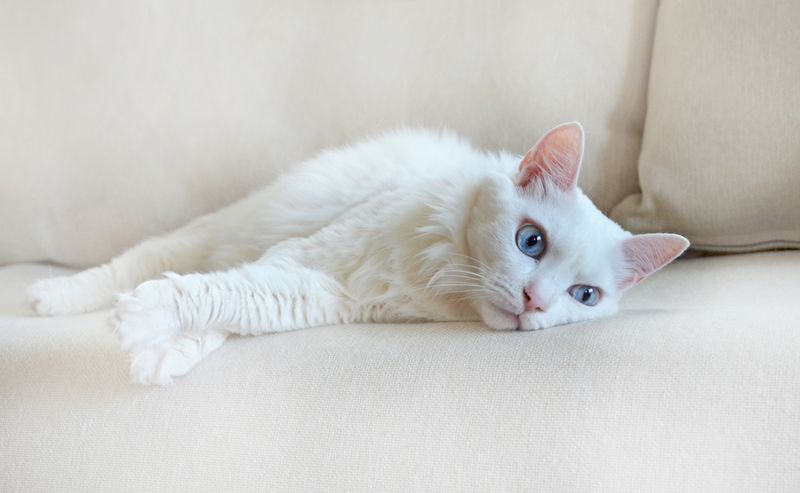
Contrary to popular belief, albinism itself doesn’t cause deafness in cats. Any hearing issues in albino cats stem from other genetic factors, not their lack of pigmentation.
White cats, especially those with blue eyes, have a significantly higher chance of congenital deafness. Around 40% of white cats with one blue eye are deaf in the ear on the blue-eyed side, while 65-85% with two blue eyes are completely deaf.
7. Fur Texture Variations
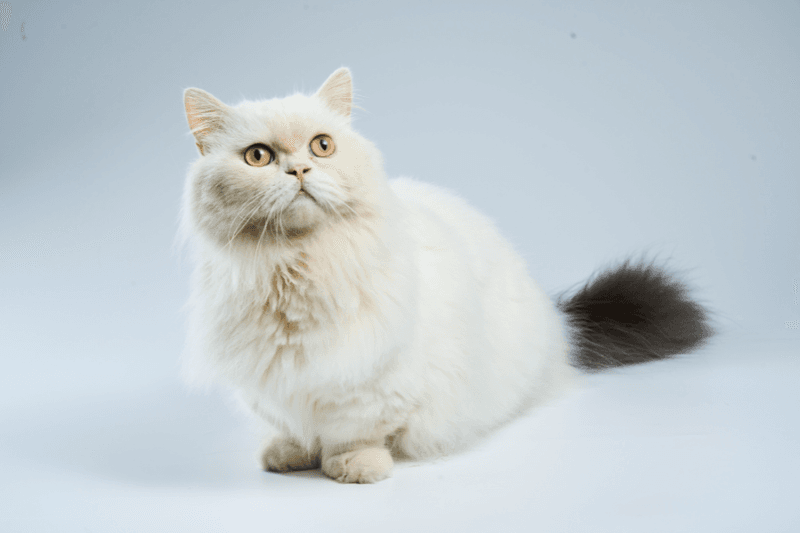
Feel an albino cat’s coat and you might notice a slightly different texture. Some cat experts report that albino fur can feel softer or silkier due to the structural differences in unpigmented hair shafts.
White cats have standard fur texture based on their breed or mix. A white Persian will have the typical dense, long Persian coat, while a white Siamese-mix would have shorter, finer fur – their whiteness doesn’t change the expected texture.
8. Vision Quality Contrast
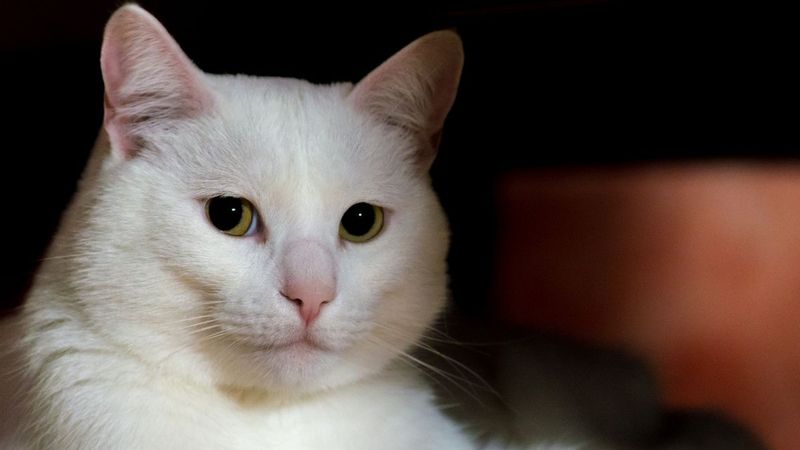
Photophobia (light sensitivity) affects most albino cats, causing them to squint or avoid bright areas. Their vision is often compromised due to abnormal development of the optic nerve and retinal connections.
White cats typically enjoy normal vision unless they carry the white dominant gene linked to blue eyes. These special blue-eyed white kitties might have subtle vision differences, but nothing as significant as the visual challenges albinos face daily.
9. Temperature Regulation
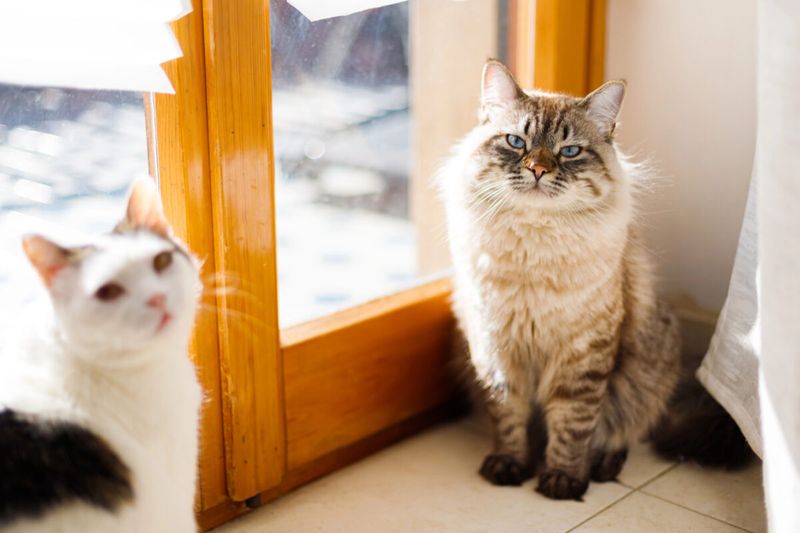
Lesser-known fact: albino cats often struggle with temperature regulation! Without normal pigmentation, their bodies may not process heat and cold as effectively as other cats.
White cats regulate body temperature normally, just like any other colored cat. Their white coat might reflect more sunlight, potentially keeping them slightly cooler in direct sun, but their internal temperature control systems function exactly like other cats.
10. Breed Classification

No specific cat breeds are designated as “albino breeds.” Albinism is a genetic condition that can theoretically appear in any breed, though it’s extremely uncommon in purebred lines.
White cats, however, are recognized color variations in numerous breeds. From the regal White Persian to the elegant Foreign White and the playful White Turkish Angora, many established breeds proudly include white cats in their standards.

